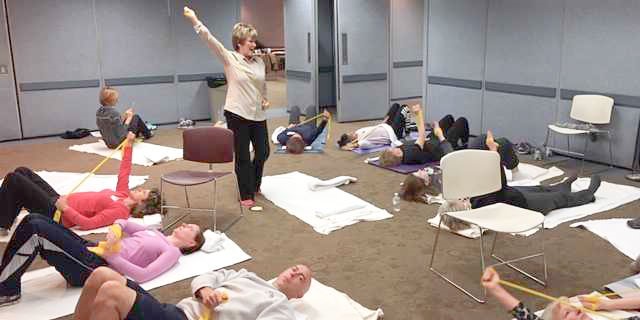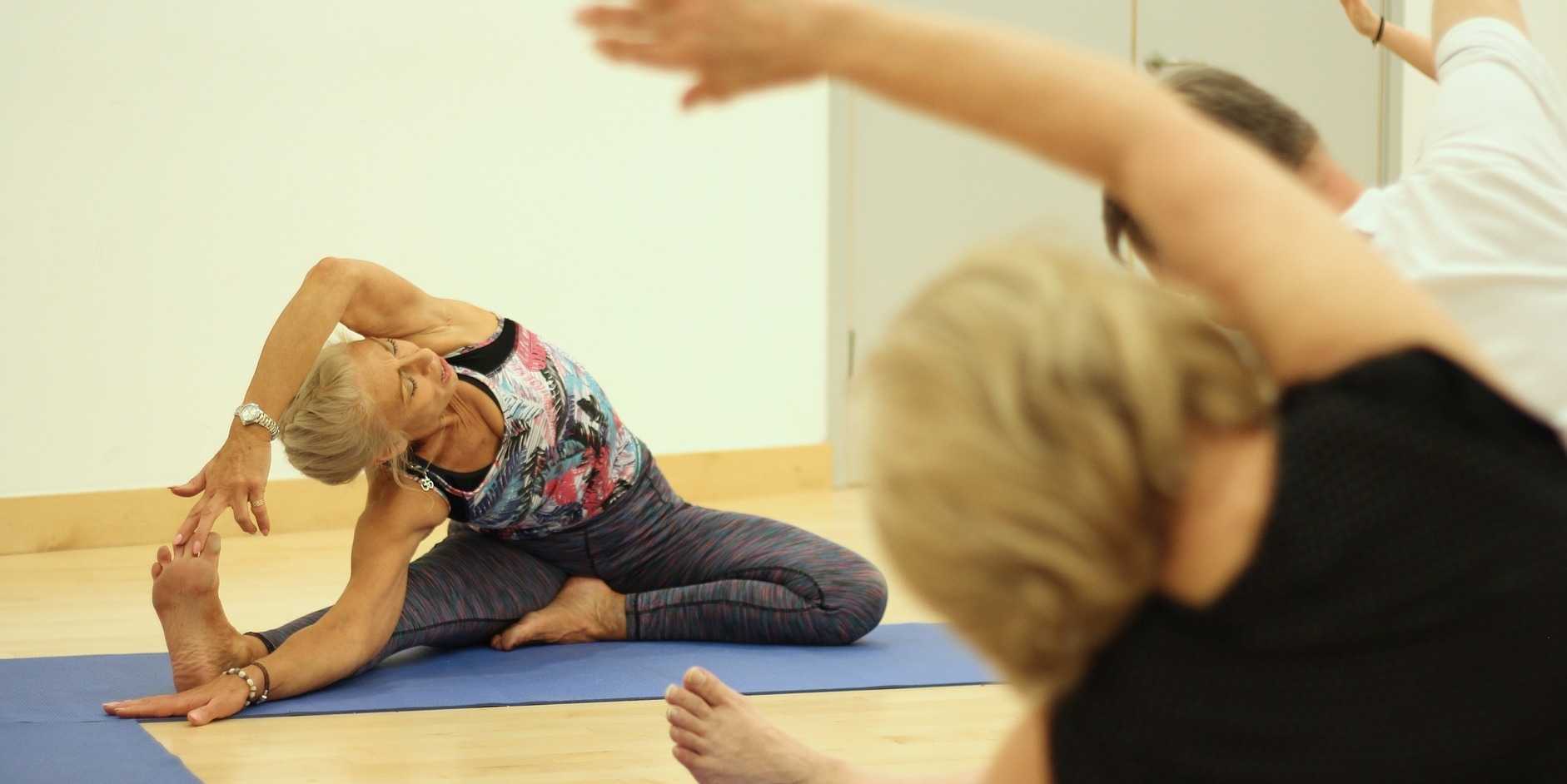The Border Mail, an Australian newspaper, published an article today following Brian Costello, a man who underwent a prostatectomy.? Surgery for prostate cancer often leaves patients suffering with erectile dysfunction and incontinence.? However, Brian?s physicians did not send him into outpatient rehab, leaving him and his wife Jill, ?on their own.?
The piece titled ?Sex and Secret Men?s Business,? outlines how important pelvic floor and penile rehabilitation is, as well as how few hospitals are prepared to treat outpatients who survive prostate cancer.
Brian?s wife and daughter Leah started ManUp!, an advocacy organization meant to promote better prostate care in Australia.? All too often they hear stories like Brian?s; physicians who show ?no interest in what happens to their patients after prostate cancer treatment.? One man left impotent and incontinent after his robotic surgery[, and] was told the doctor?s job was simply to deal with the cancer.?
Pelvic Rehabilitation is often incorrectly considered a women?s health issue. ?This is because, as this wonderful video from Aligned and WellTM demonstrates, ?childbirth often gets blamed for pelvic floor disorder.?? Male or female, hip and pelvic biomechanics play an important role in the functioning of the pelvic floor.
Tucking one?s pelvis while sitting or favoring one leg when you stand can have a tremendous effect on the strength of one?s hip and pelvic muscles.? Weakened pelvic floor muscles often correlate with or cause such common conditions as urinary/fecal incontinence and sexual dysfunction, as well as chronic lower back and pelvic pain.
However, as Jessica Powley, PT, DPT, WCS, says in a recent blog post on Pelvic Guru, "rehabilitation for the pelvis is much more involved than simply strengthening a muscle group. It involves restoring function?improving muscular support around the pelvis, improving behavioral/dietary habits, and re-training body movements to allow for optimal organ and structural function"(emphasis added). ?In short, by focusing on the biomechanics, practitioners can better educate patients on treatment.
The Great Falls Tribunepublished a piece Tuesday about McKenna Fromm, an eighteen-year-old girl who suffers from interstitial cystitis, pudendal neuralgia, and levator ani syndrome. Alone, each of these conditions can be debilitating, leaving patients in pain. Often each of these conditions is coupled with urinary or fecal incontinence. This piece, titled ?Great Falls Teen Fighting Three Painful Pelvic Conditions,? elucidates the struggle of patients who suffer from these conditions.
Each of these conditions is known to be difficult to diagnose, particularly interstitial cystitis which has ?[n]o specific diagnostic tests.?? Sometimes these conditions require surgery.? Other times, treatment includes ?a ?cocktail? of medications that include topical anesthesia or anti-inflammatory.?
However, one aspect of this article fails to truly emphasize is the role of physical therapy in treatment.? Stephanie Prendergast, president of the International Pelvic Pain Society, demonstrated this point well in a Facebook post about the Tuesday article.
Scientists at the National University of Ireland in Maynooth reported the detection of a protein, Pellino3 that may stop Crohn's disease from developing. The Irish Times article, University breakthrough in fight against Crohn's disease, described the benefit as diagnostic: [Researchers] will now use the protein as a basis for new diagnostic for Crohn's and as a target in designing drugs to treat the illness.
Researchers noticed that levels of Pellino3 are dramatically reduced in Crohn's disease patients. Prof. Paul Moynagh, who led the researchers, believes that identifying Pellino3s role in Crohn's disease may lead to better treatments for other inflammatory bowel diseases.
In the United States, more than a half-million people suffer from Crohn's disease and more than a million suffer from some type of inflammatory bowel disease. Symptoms often include abdominal pain and diarrhea. These symptoms are often debilitating and even life-threatening. There is neither a known cause nor cure for Crohn's disease.
Erin Matlock, who struggles with ulcerative colitis, one day opened her Delzicol capsule to find her pervious medication inside.
This November, Herman & Wallace is excited to bring a new course, Manual Lymphatic Drainage for Pelvic Pain, to Houston, TX! This course will be taught by Debora Hickman, DPT, WCS.
Pelvic Rehab Report sat down with Debbie to learn more about her upcoming course.
The JAMA Internal Medicine recently published a study that illustrated how physicians are suggesting physical therapy and over-the-counter medicine less and less frequently. According to PT in Motion, the JAMA study illustrates that, ?[d]espite published guidelines that call for physical therapy or medications such as ibuprofen or acetaminophen for first-line management of most back pain, other treatments such as imaging, narcotics, and referrals to other physicians have increased.?
The study also concluded that ?Early physical therapy following a new primary care consultation was associated with reduced risk of subsequent health care compared with delayed physical therapy.?
This report appeared on the JAMA website yesterday.? The study, identifying ?23,918 visits for spine problems,? demonstrated that both treatment with narcotics and physician referrals have grown drastically since 1999, while ?[n]onsteroidal anti-inflammatory drug or acetaminophen use per visit decreased from 36.9% to 24.5%?. During this time, the percent of therapist referrals has remained roughly the same.
Yesterday, star athlete and Seahawks wide receiver, Percy Harvin, suffered a hip labrum tear.? His injury may require surgery, as one of his physicians has suggested.
The labrum is vital in such basic functions shock absorption and joint lubrication.? As described on the Mayo Clinic?s website, ?The labrum acts like a socket to hold the ball at the top of your thighbone (femur) in place.?? It?s easy to see why hip labrum tears are not uncommon among athletes.
Herman & Wallace is excited to announce that Institute founder and instructor Hollis Herman, PT, DPT MS, OCS, WCS, BCB-PMD will be going to Chile this September to teach a comprehensive educational seminar on pelvic floor dysfunction!
This four-day seminar will cover everything from basic terminology to advanced treatment. Much of the seminar will focus on topics taught in our popular Pelvic Floor Series as well as our Pregnancy and Postpartum Courses.

This October, Herman & Wallace is excited to bring a new course, Rehabilitation for Breast Cancer Patients, to White Plains, NY! This course will be taught by Susannah Haarmann, PT, CLT, WCS and Christine Cabelka, MPT, CLT, WCS.



































